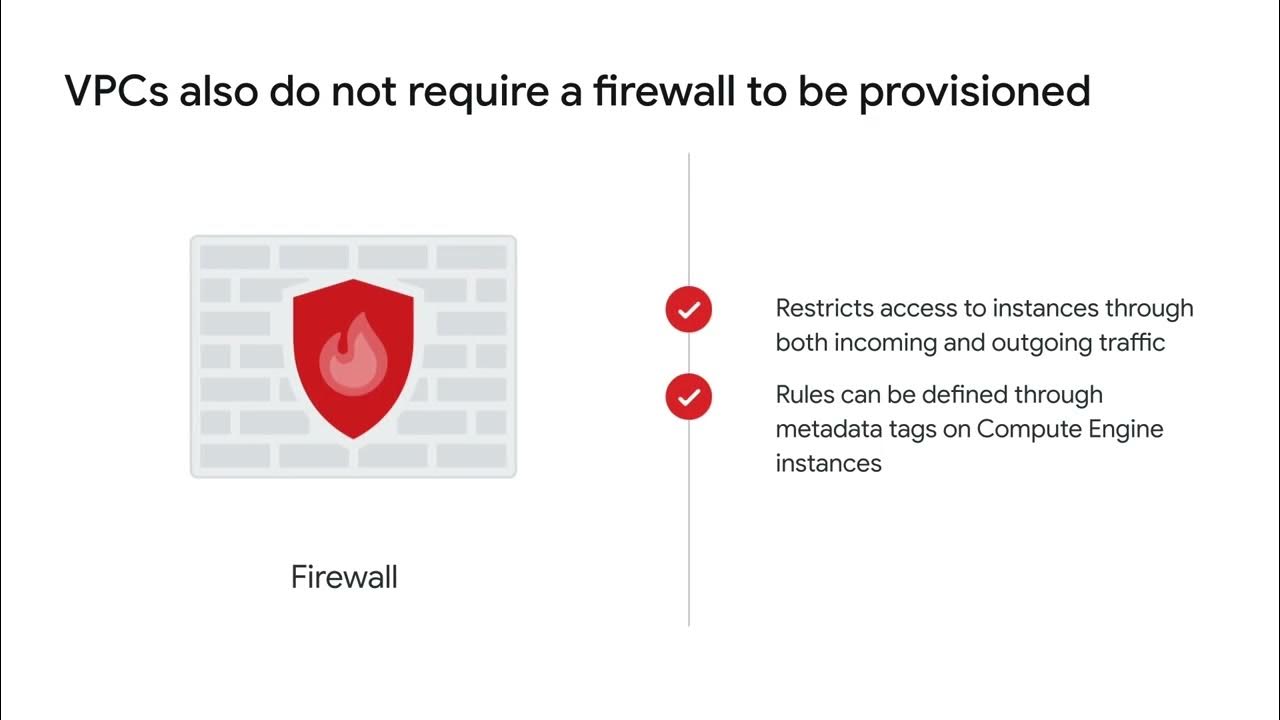MPLS Evolution - IP Routing, LDP, RSVP-TE, MPLS-TP, to Segment Routing
Summary
TLDRThis presentation explores the evolution of IP routing into MPLS and segment routing, highlighting key concepts such as connectionless traffic forwarding, label switching, and traffic engineering. Barbara Fox explains how MPLS improves routing efficiency through label distribution protocols, and how RSVP-TE facilitates bandwidth management. She introduces MPLS TP for bi-directional connections and discusses segment routing's unique use of globally unique Segment Identifiers (SIDs) that simplify network operations. The importance of the Path Computation Engine (PCE) in adapting to real-time network conditions is also emphasized, setting the stage for future advancements in networking technology.
Takeaways
- 😀 IP routing operates in a connectionless manner, forwarding packets hop-by-hop without maintaining connection states.
- 😀 Layer 3 routing protocols like OSPF and IS-IS allow nodes to share routing information and compute the shortest paths to avoid loops.
- 😀 The invention of MPLS (Multiprotocol Label Switching) aimed to reduce the routing burden on core routers by using labels for packet forwarding.
- 😀 Label Distribution Protocol (LDP) enables interior gateway protocols to advertise labels along with their routes, improving forwarding efficiency.
- 😀 Traffic Engineering with RSVP-TE allows service providers to manage bandwidth and other network characteristics for specific connections.
- 😀 Fast Reroute (FRR) enhances network reliability by enabling rapid recovery from link or node failures without waiting for full convergence.
- 😀 MPLS-TP (Transport Profile) offers bi-directional connections and is compatible with GMPLS for managing non-IP traffic.
- 😀 Segment Routing simplifies network operations by embedding routing information within packets, reducing the need for node state tracking.
- 😀 Adjacency SIDs in segment routing allow for more granular control over packet forwarding paths, enhancing traffic engineering capabilities.
- 😀 The Path Computation Engine (PCE) is crucial for real-time network management, enabling dynamic routing based on current network states and policies.
Q & A
What is the primary focus of Barbara Fox's discussion?
-The primary focus is on the evolution of IP routing to MPLS and then to segment routing, exploring how these technologies have addressed various networking issues.
How do Layer 0, 1, and 2 networks establish connections?
-They typically use connection-oriented protocols that create hard connections between nodes, storing state information within the network.
What distinguishes Layer 3 IP routing from connection-oriented protocols?
-Layer 3 IP routing is connectionless, forwarding packets hop-by-hop without maintaining state information about the connections.
What problem arose as internet traffic increased, prompting changes in routing strategies?
-As traffic grew, the traditional hop-by-hop routing put significant pressure on core routers, leading to the exploration of more efficient methods like IP-in-IP encapsulation.
What is the function of the Label Distribution Protocol (LDP) in MPLS?
-LDP allows interior gateway protocols to advertise local labels associated with routes, facilitating efficient packet forwarding through the network.
What is RSVP-TE, and what capabilities does it provide for network traffic management?
-RSVP-TE (Resource Reservation Protocol with Traffic Engineering) enables the establishment of end-to-end connections with specific bandwidth and other constraints, allowing for traffic engineering.
How does MPLS TP differ from RSVP-TE?
-MPLS TP provides bi-directional connections and is designed to be more dynamic, using GMPLS signaling for non-IP networks, while RSVP-TE connections are typically unidirectional.
What role do pseudo wires play in MPLS networks?
-Pseudo wires are used to connect customer ports over tunnels, enabling the transport of various services dynamically through MPLS tunnels.
What are Segment Identifiers (SIDs) in segment routing?
-SIDs are globally unique identifiers that nodes use to route packets efficiently, allowing for more granular control over traffic paths without maintaining soft state in the network.
Why is the Path Computation Engine (PCE) crucial for modern networking?
-The PCE computes optimal routing paths based on real-time network state, making it essential for managing resources and ensuring efficient traffic engineering in complex network environments.
Outlines

This section is available to paid users only. Please upgrade to access this part.
Upgrade NowMindmap

This section is available to paid users only. Please upgrade to access this part.
Upgrade NowKeywords

This section is available to paid users only. Please upgrade to access this part.
Upgrade NowHighlights

This section is available to paid users only. Please upgrade to access this part.
Upgrade NowTranscripts

This section is available to paid users only. Please upgrade to access this part.
Upgrade NowBrowse More Related Video
5.0 / 5 (0 votes)





